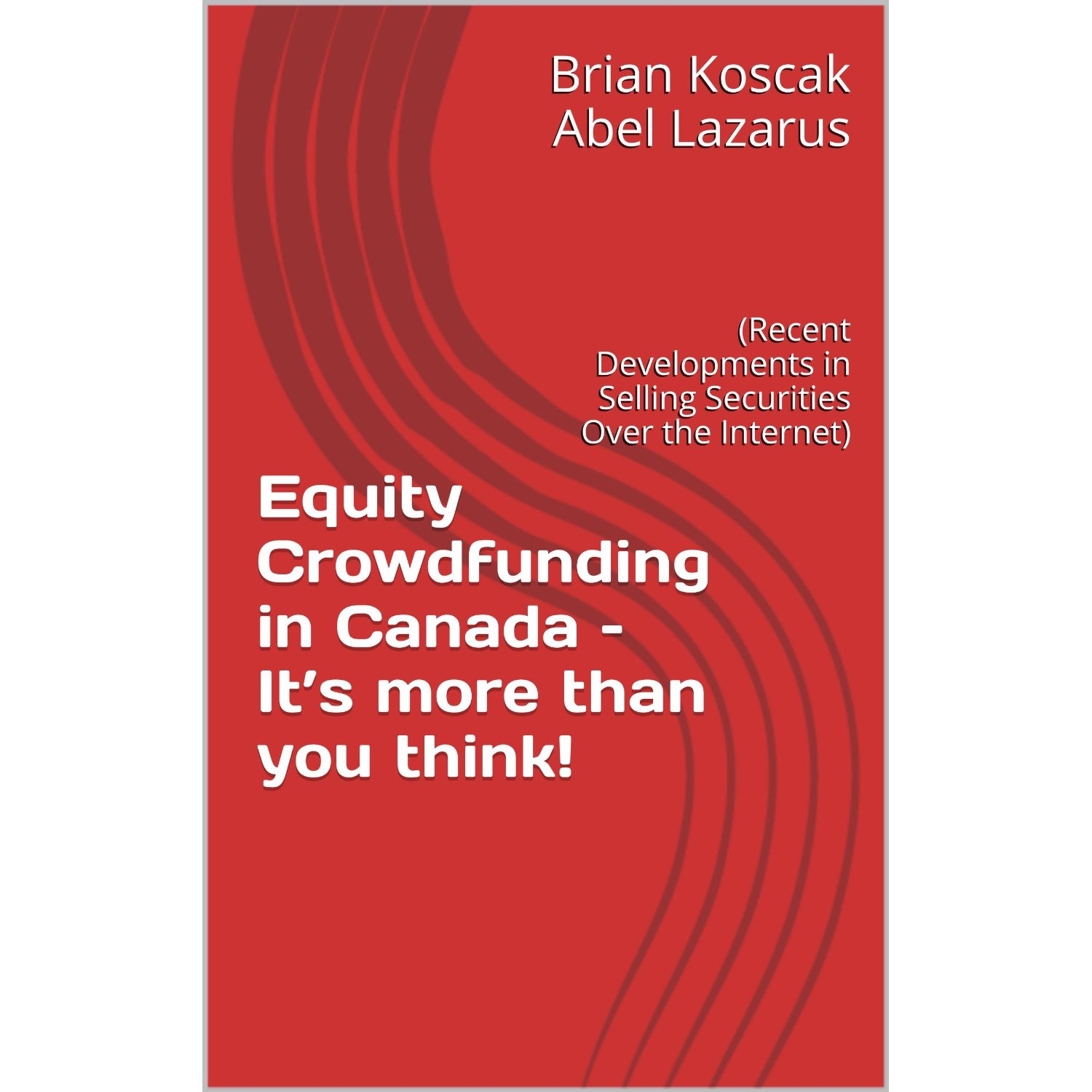The term “underwriting” is a technical securities law term that means a process whereby a dealer has been engaged by an issuer to raise capital from investors in connection with a particular offering. Generally, there are three types of underwriting models in Canada: (a) a “best efforts” underwriting; (b) a “bought deal” underwriting; and (c) a “marketed offering” (also know as a fully marketed underwriting). Part I of this article discusses the meaning of a “best efforts” underwriting.
In a “best efforts” underwriting, a dealer does not guarantee that any specific amount of money will be raised through an offering of securities by an issuer and the dealer assumes no financial liability. Instead, a dealer is appointed as an agent of the issuer and agrees to sell securities at a specified price to potential investors on a best efforts basis. In such circumstances, a dealer is viewed as the agent of the offering issuer.
In return for its services, a dealer (and members of any selling group of the dealer) receives a commission calculated based on a percentage of the amount of the offering sold. For example, if a dealer receives a 7% commission, a dealer would receive 7% of the gross aggregate proceeds raised in connection a completed offering.
In a best efforts underwriting, a dealer does not have the right to sell the issuer’s securities at a price below the agreed-upon price. If a dealer cannot raise the required capital, the dealer has no financial liability for any unsold securities. The offering issuer takes the market risk.
Engagement letters and agency agreements
In a best efforts underwriting, a dealer may initially enter into an engagement letter with an offering issuer. However, it may be replaced and superseded by a more robust form of agreement called an agency agreement. An “agency agreement” is an agreement between an offering issuer and one or more dealers that sets out the rights and obligations of the dealers, representations and warranties of the offering issuer, conditions pertaining to the dealers’ obligations and their rights of termination and indemnification. Generally, a dealer will prepare and use its standard form of agency agreement in connection with an offering.
An agency agreement used in prospectus offerings will typically include:
(a) a “market-out” clause which allows the dealers to terminate their obligations if, in their opinion, the securities cannot be marketed profitably; and
(b) an over-allotment option (also called a green shoe) which is an option that allows the dealers to issue up to 15% of the securities sold pursuant to the offering at the public offering price which must be exercised within 30 days of the closing date. The over-allotment option is provided to the dealers for market stabilization purposes and where there is a strong demand for the issue in excess of the maximum offering.
The agency agreement involving a prospectus offering is generally signed after the filing of the preliminary prospectus, but immediately prior to the filing of the final prospectus.
Canadian securities law requires that a distribution by a non-investment fund issuer involving a prospectus offering on a best efforts basis must:
(a) cease within 90 days after the date of the receipt for the final prospectus unless the prospectus was amended and then no more than 180 days from the date of receipt of the initial final prospectus;
(b) set out a minimum amount of funds (the minimum offering) that must be raised; and
(c) ensure that all investor funds are held by a registerd dealer or other prescribed individual in trust from subscriptions until the minimum offering has been satisfied. If the minimum offering is not raised, then the trust funds must be returned to subscribers without any deductions.
Such matters are generally also set out in an agency agreement in connection with a prospectus offering.
It should be noted that only registered investment dealers (i.e., IIROC dealers) are permitted to act as an undåerwriter of a prospectus offering and not an exempt market dealer.
Best efforts underwriting – the safest type of underwriting for dealers
A best efforts underwriting is the safest type of underwriting for dealers since they are exposed to little risk or financial liability other than their expenses in connection with a failed offering.
A best efforts underwriting is commonly used for private placements and public offerings, such as initial public offerings, which inherently involve more risk since an offering issuer generally has no trading history, which makes the pricing of its securities more difficult, and investors are unfamiliar with the offering issuer.
See the next article in this three part series titled, “The Underwriting Trilogy – Part II – What is a “Bought Deal” Underwriting?”
* * *
Disclaimer
This blog is not intended to create, and does not create an attorney-client relationship. You should not act or rely on information on this blog post without first seeking the advice of a lawyer. This material is intended for general information purposes only and does not constitute legal advice. For legal issues that arise, the reader should consult legal counsel.
Brian Koscak is a Partner at Cassels Brock & Blackwell LLP located in Toronto, Ontario and Chair of the Exempt Market Dealers Association of Canada. Brian is also a member of the Ontario Securities Commission’s Exempt Market Advisory Committee. Brian can be reached by phone at 416-860-2955, by e-mail at bkoscak@casselsbrock.com or on twitter @briankoscak. Brian also regularly writes about Canadian securities law matters on his personal blog at www.briankoscak.com.





This is a great overview to Best Efforts Underwriting in Canada. I am going to save it for future reference. Definitions of key terms in the article are easy to understand.